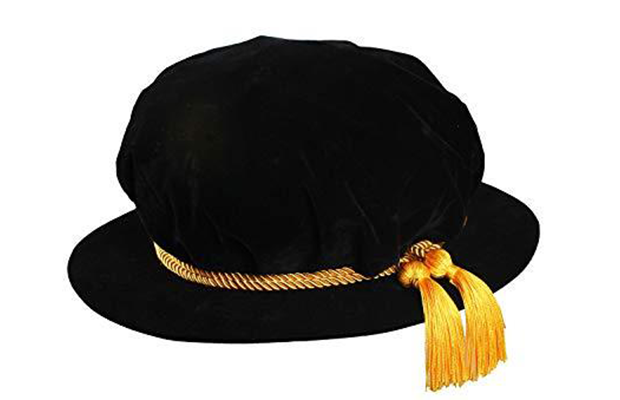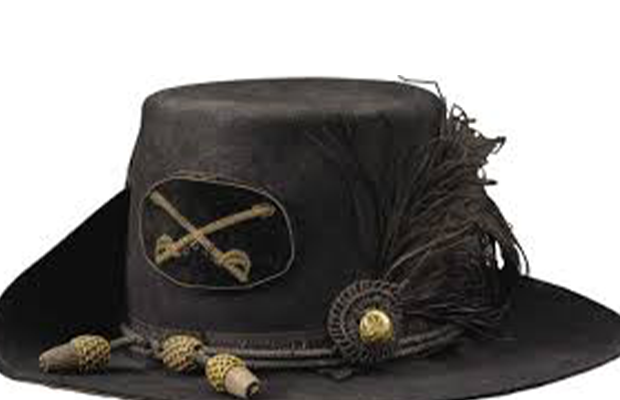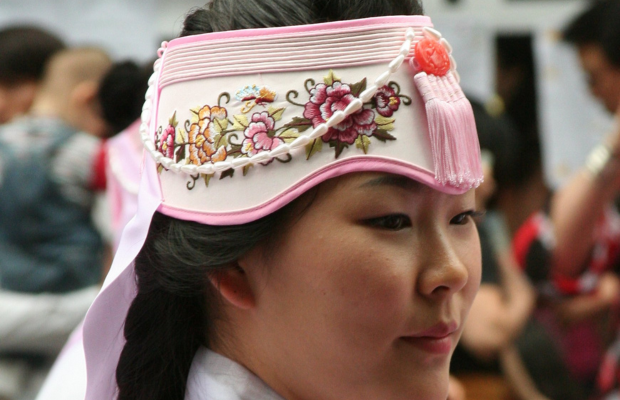
The Tudor Bonnet’s Role in Academic and Noble Attire
The Tudor Bonnets is a distinguished headpiece with a rich history and significant cultural importance in both academic and noble circles. This elegant piece of attire has evolved over centuries, symbolizing tradition, prestige, and fashion. In this blog, we’ll explore the origins, significance, and lasting impact of the Tudor Bonnet in both academic and noble attire. Additionally, we’ll introduce you to Scottish hats and caps available at Kilt Master, perfect for those interested in cultural and historical headwear.
Origins of the Tudor Bonnet
The Tudor Bonnet originated in the 16th century during the reign of the Tudor dynasty in England. Initially, it was primarily worn by scholars and academics. The bonnet was designed as a round, flat hat, often made from luxurious materials like velvet or wool, and featured a soft, gathered crown. Traditionally black, the bonnet signified solemnity and authority.
A Symbol of Scholarship
In academic circles, the Tudor Bonnet quickly became a symbol of scholarship and intellectual achievement. Universities across Europe adopted the bonnet as part of their academic regalia. Professors and graduates would wear the bonnet during ceremonies, symbolizing their dedication to learning and their scholarly accomplishments.
Design and Material
The academic Tudor Bonnet was often made from black velvet or cloth, signifying the solemnity and importance of academic traditions. The design was practical yet elegant, allowing scholars to maintain a dignified appearance. Over time, variations in the bonnet’s design emerged, reflecting different academic ranks and institutions.
The Tudor Bonnet in Noble Attire
Beyond the academic world, the Tudor Bonnet found its place among the nobility. Members of the royal court and aristocracy adopted the bonnet as a fashionable accessory. It became a symbol of status and sophistication, often embellished with feathers, jewels, and intricate embroidery to reflect the wearer’s wealth and position.
Ceremonial Significance
For the nobility, the Tudor Bonnet was more than just a fashion statement. It played a significant role in ceremonial events such as coronations, weddings, and official gatherings. The bonnet’s design and adornments would often reflect the occasion’s importance and the wearer’s social standing.
A Timeless Tradition
The Tudor Bonnet has endure the test of time. Remaining a significant part of academic and ceremonial attire to this day. Universities around the world continue to use the bonnet as part of their graduation regalia, honoring the tradition and history it represents.
Modern Adaptations
In contemporary fashion, the Tudor Bonnets has inspired modern designers, leading to creative reinterpretations in various fashion collections. While the original purpose and design of the bonnet are preserved in academic settings, its influence can be seen in haute couture and historical reenactments.
Explore Scottish Hats and Caps at Kilt Master
If you’re interested in exploring more cultural and historical headwear. We offer a wide range of Scottish hats and caps at Kilt Master. Our collection includes traditional styles such as the Balmoral, Glengarry, and Tam o’ Shanter, each with its own unique history and significance. These hats are perfect for anyone looking to embrace Scottish heritage or add a touch of timeless elegance to their wardrobe.
Visit Kilt Master today to discover our full range of Scottish hats and caps, and find the perfect piece to complement your style and celebrate your cultural interests.
Conclusion
The Tudor Bonnets role in academic and noble attire highlights its unique blend of tradition, prestige, and fashion. From its origins in the 16th century to its enduring presence today. The Tudor Bonnet remains a symbol of scholarly achievement and noble elegance. Whether worn by a graduating student or a member of the aristocracy. This distinctive headpiece continues to capture the essence of a rich and storied heritage. For those interested in cultural headwear, exploring Scottish hats and caps at Kilt Master can offer a fascinating journey into another aspect of historical attire.






